Home>Dining>Tableware>Why Does My Cutlery Tarnish In The Dishwasher
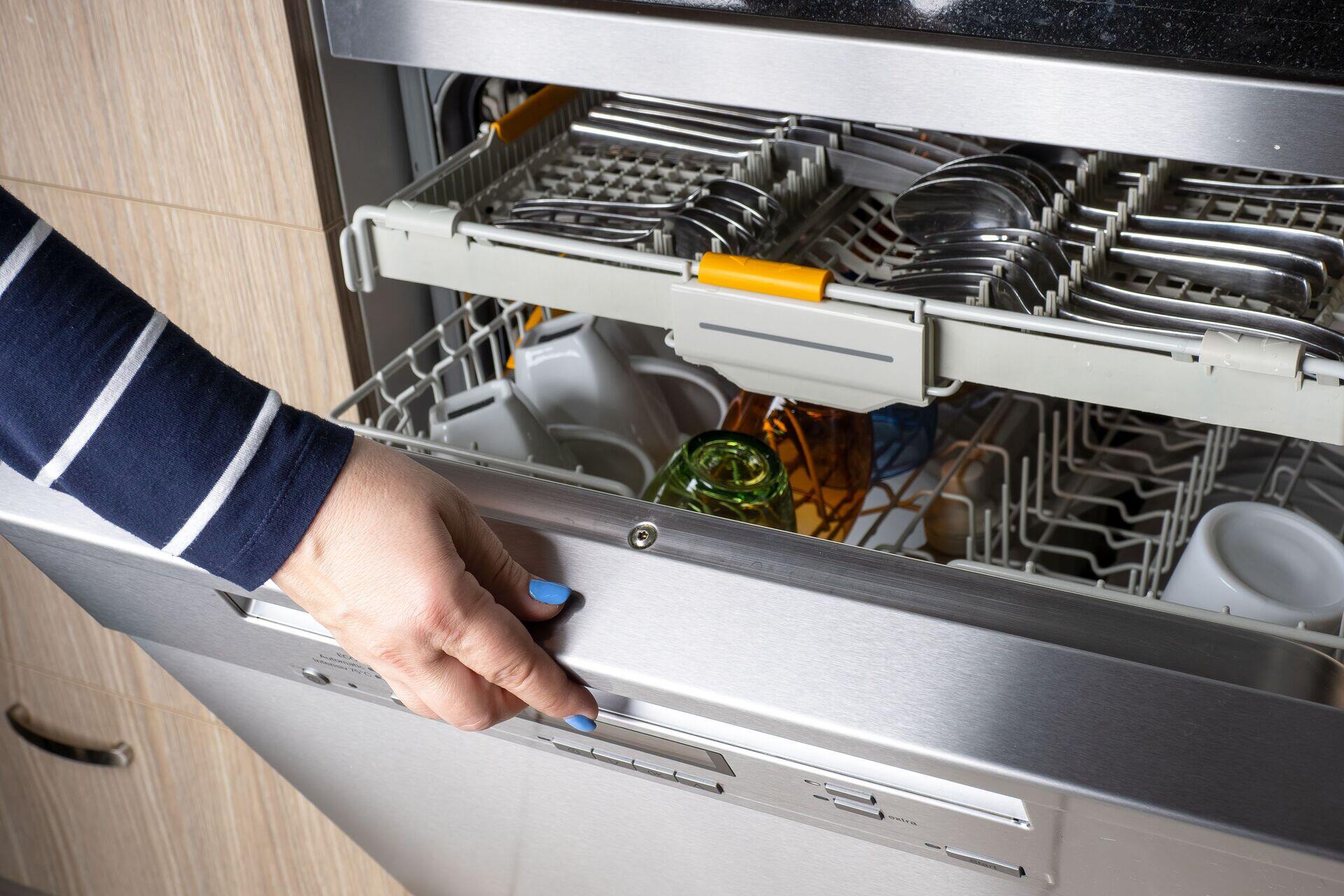

Tableware
Why Does My Cutlery Tarnish In The Dishwasher
Modified: January 20, 2024
Discover why your tableware tarnishes in the dishwasher and how to prevent it. Find out the reasons behind the tarnishing of your cutlery and get tips for keeping it sparkling.
(Many of the links in this article redirect to a specific reviewed product. Your purchase of these products through affiliate links helps to generate commission for Storables.com, at no extra cost. Learn more)
Introduction
Having beautiful and shiny tableware is a key component of a well-set dining table. However, if you’ve ever placed your cutlery in the dishwasher only to find it tarnished and dull afterward, you may be wondering why this happens. In this article, we will explore why cutlery tarnishes in the dishwasher and how you can prevent this frustrating occurrence.
The dishwasher is a convenient appliance that saves us time and effort in the kitchen. It works by spraying a combination of hot water and detergent onto our dirty dishes, cleaning and sanitizing them. While this process is effective for most items, cutlery can sometimes suffer from tarnishing.
To understand why cutlery tarnishes in the dishwasher, we need to delve into the role of water and detergents. Water is a universal solvent, meaning it has the ability to dissolve many substances, including the protective layer on our cutlery. Additionally, dishwasher detergents contain chemicals that are designed to break down grease and food particles, but they can also interact with the metal of our cutlery, causing tarnish.
Tarnishing is a natural and chemical process that occurs when metal reacts with certain elements in its environment. In the dishwasher, a combination of heat, moisture, and detergent can trigger chemical reactions that result in tarnish. This can be frustrating, as we expect our cutlery to come out of the dishwasher looking as clean and shiny as when we first bought it.
There are several factors that contribute to cutlery tarnishing in the dishwasher. One of the main culprits is heat. The high temperatures inside the dishwasher can accelerate chemical reactions, causing the metal to react more quickly with moisture and detergent. Additionally, certain foods that are high in acidity, such as tomatoes or citrus fruits, can also contribute to tarnishing. The acidic nature of these foods can corrode the protective layer on the cutlery, making it more susceptible to tarnish.
Dishwasher detergents also play a significant role in cutlery tarnishing. Many detergents contain chemicals such as phosphates or chlorine, which can react with the metal, leading to tarnish. Additionally, the abrasive nature of some detergents can cause physical damage to the cutlery, further exacerbating the tarnishing process.
Preventing cutlery tarnish in the dishwasher requires a combination of proper loading and placement techniques, choosing the right dishwasher detergent, and using additional protective measures. By following these guidelines, you can maintain the shiny appearance of your cutlery and enjoy beautifully set tables for years to come.
Key Takeaways:
- Proper loading, choosing gentle detergents, and using protective measures can prevent cutlery tarnish in the dishwasher, preserving its beauty and shine for years to come.
- Understanding factors like heat, moisture, and acidic foods, and taking proactive steps, can minimize cutlery tarnishing, ensuring a stunning table setting every time.
Read more: How To Clean Tarnished Silver Cutlery
How a dishwasher works
Before delving into why cutlery tarnishes in the dishwasher, it’s important to understand how this kitchen appliance actually works. A dishwasher is a time-saving marvel that cleans and sanitizes our dirty dishes with ease.
When you load your dishwasher, the first step is to scrape off any excess food particles from the dishes. Once the dishes are properly arranged in the dishwasher racks, you can select the desired wash cycle and close the door. The dishwasher is then ready to work its magic.
The primary components of a dishwasher include a heating element, a pump, a detergent dispenser, rotating spray arms, and a drain. The process begins with filling the dishwasher with hot water from your home’s water supply. The heating element then heats the water to a desired temperature, typically ranging from 120-150°F (49-65°C).
Once the water is at the optimal temperature, the pump circulates it throughout the dishwasher. The rotating spray arms, strategically placed on both the top and bottom of the dishwasher, release the hot water and detergent mixture, ensuring that every nook and cranny of your dishes gets cleaned.
The combination of hot water and detergent helps to break down grease, food particles, and stains on your dishes. The detergent contains surfactants, enzymes, and other cleaning agents that work together to remove the dirt and grime. Some modern dishwashers even have additional features, such as steam cycles or sanitizing options, to ensure the highest level of cleanliness.
After the cleaning process is complete, the dirty water is drained from the dishwasher. The drain removes the water, along with any leftover debris, out of your dishwasher and into your home’s plumbing system. This step is crucial to prevent any residue from being redeposited on your dishes, ensuring a clean and hygienic result.
Overall, a dishwasher works by combining hot water, detergent, and mechanical action to effectively clean and sanitize your dishes. While this process is efficient for most types of dishware, the conditions inside the dishwasher can sometimes lead to tarnishing of certain materials, such as cutlery. To prevent tarnishing and keep your cutlery looking as good as new, it’s important to take some preventive measures and make informed choices when it comes to loading techniques and selecting the right dishwasher detergents.
The role of water and detergents
Water and detergents play a crucial role in the functioning of a dishwasher. They work together to remove dirt, grease, and stains from our dishes. However, they can also contribute to the tarnishing of cutlery if not used properly.
Water is the primary solvent used in dishwashers. It helps to dissolve and carry away food particles and other debris from our dishes. The high temperatures of the water in the dishwasher help to enhance the cleaning process by breaking down grease and stains. However, water can also be a contributing factor to cutlery tarnishing.
The mineral content of the water, such as calcium and magnesium, can leave deposits on the surface of the cutlery, causing it to tarnish. These mineral deposits can form a thin film that dulls the shine of the cutlery. Dishwashers with hard water can be particularly problematic in this regard.
In addition to water, dishwasher detergents are essential for achieving clean and spotless dishes. Detergents are designed to break down grease and food particles, ensuring that they are effectively removed from the dishes. However, certain chemicals present in dishwasher detergents can interact with the metal of cutlery, causing tarnishing.
Phosphates and chlorine are commonly used in dishwasher detergents to enhance the cleaning efficiency. While these chemicals may be effective at removing stains, they can also react with the metal, leading to tarnish. Furthermore, the abrasive nature of some detergents can cause physical damage to the cutlery, making it more prone to tarnishing.
To minimize the negative impact of water and detergents on cutlery, there are a few steps you can take. Firstly, if you have hard water, consider using a water softener or adding a water softening agent to your dishwasher. This will help reduce the mineral deposits that can contribute to tarnishing. Additionally, select dishwasher detergents that are specifically designed for cutlery and are free from harsh chemicals. Look for detergents that are phosphate-free and have a neutral or alkaline pH to minimize the risk of tarnish.
By understanding the role of water and detergents in the dishwasher, you can make informed choices to minimize the tarnishing of your cutlery. Take proactive steps to address any issues with hard water and choose gentle detergents that are less likely to react with the metal. By doing so, you can maintain the beauty and shine of your cutlery every time you run your dishwasher.
Understanding tarnishing
Tarnishing is a natural phenomenon that occurs when metal reacts with certain elements in its environment. It is a chemical process that results in the formation of a thin layer or film on the surface of the metal, causing it to lose its shine and appear dull. Understanding this process is key to preventing and managing tarnishing, especially when it comes to cutlery in the dishwasher.
When metal, such as stainless steel or silver, comes into contact with certain substances or conditions, a series of chemical reactions take place. One common cause of tarnishing is the reaction between the metal and sulfur-containing compounds present in the air or certain foods. This reaction can be accelerated in the presence of heat, moisture, and other reactive elements, leading to the formation of tarnish.
Tarnish typically appears as a dark or discolored layer on the surface of the metal. It can be a result of oxidation, where oxygen molecules interact with the metal, or the formation of compounds such as sulfides or oxides. Tarnish not only affects the appearance of the metal but can also weaken its protective layer, making it more susceptible to further tarnishing and corrosion.
In the case of cutlery in the dishwasher, tarnishing can occur due to the combination of heat, moisture, and acidic substances present in food or dishwasher detergents. The high temperatures inside the dishwasher can accelerate the chemical reactions between the metal and these elements, leading to faster tarnish formation.
It’s important to note that not all metals tarnish at the same rate or in the same way. For example, stainless steel is generally resistant to tarnishing because it contains chromium, which forms a protective layer on the surface of the metal. However, prolonged exposure to harsh conditions or abrasive detergents can compromise this protective layer, making the stainless steel more susceptible to tarnishing.
Silver, on the other hand, is highly prone to tarnishing. This precious metal reacts with sulfur-containing compounds and other reactive elements, resulting in dark tarnish formation. Regularly polishing silverware and taking preventive measures, such as proper storage and minimizing exposure to tarnish-inducing elements, can help maintain its lustrous appearance.
Understanding the process of tarnishing is essential for effectively managing and preventing it. By identifying the factors that contribute to tarnish formation, such as heat, moisture, and acidic substances, you can take proactive steps to minimize their impact on your cutlery. From choosing the right dishwasher detergents to utilizing additional protective measures, there are various strategies you can employ to keep your cutlery looking its best and free from unsightly tarnish.
Chemical reactions in the dishwasher
Inside the dishwasher, a series of chemical reactions takes place as water and detergents interact with the various substances present on your dishes, including cutlery. These reactions play a significant role in the cleaning process but can also contribute to tarnishing if not managed properly.
One of the primary chemical reactions that occur in the dishwasher is the dissolution of food particles and grease. The combination of hot water and dishwasher detergent helps to break down these substances, allowing them to be washed away. This reaction is essential for achieving clean dishes, but certain factors can contribute to tarnishing.
Heat plays a significant role in accelerating chemical reactions in the dishwasher. Higher temperatures speed up the dissolution process, making it more efficient in removing dirt and grime from your dishes. However, the heat can also increase the rate of tarnish formation on cutlery, particularly when combined with the presence of moisture and reactive elements.
Detergents can also contribute to chemical reactions in the dishwasher. Many dishwasher detergents contain alkaline substances, such as sodium carbonate or sodium hydroxide. These alkaline compounds help to break down grease and food particles. However, they can also react with metal surfaces, leading to tarnish formation.
Additionally, the presence of certain minerals in the water can contribute to chemical reactions in the dishwasher. Hard water, which is water that contains high levels of calcium and magnesium ions, can leave mineral deposits on your dishes and cutlery. These deposits can act as catalysts for tarnish formation, making your cutlery more susceptible to tarnishing.
The combination of heat, moisture, alkaline detergents, and reactive elements can create a perfect storm for tarnish formation in the dishwasher. The chemical reactions that occur can strip away the protective layer on your cutlery, exposing the metal to the elements and leading to tarnishing.
To minimize the impact of these chemical reactions, it’s important to take preventative measures. First, ensure that your dishwasher is properly maintained and that the water temperature is not set too high. Consider using water softeners or additives to minimize mineral deposits on your cutlery. Choose dishwasher detergents that are gentle and specifically formulated for use with cutlery. By managing these chemical reactions effectively, you can reduce the likelihood of tarnishing and keep your cutlery looking its best.
Read more: Why Does My Dishwasher Not Dry
Factors that contribute to cutlery tarnishing
Cutlery tarnishing in the dishwasher can be attributed to several factors. Understanding these factors is crucial for preventing tarnish formation and preserving the appearance of your cutlery. Let’s explore some of the main contributors to cutlery tarnishing.
1. Heat: The high temperatures inside the dishwasher can accelerate chemical reactions, including tarnish formation. Heat can make the metal more reactive, leading to faster tarnishing. To minimize the impact of heat, consider using lower-temperature wash cycles and avoiding prolonged exposure to heat.
2. Moisture: Moisture, combined with heat, can create an environment conducive to tarnish formation. The moisture inside the dishwasher can react with the metal and contribute to tarnishing. Ensuring that your cutlery is completely dry before storing it can help prevent tarnishing.
3. Acidic foods: Some foods, particularly those with high acidity levels, can contribute to cutlery tarnishing. The acids in foods like tomatoes, citrus fruits, or vinegar can corrode the protective layer on the cutlery, making it more susceptible to tarnish. To minimize the impact of acidic foods, rinse your cutlery before placing it in the dishwasher, or consider handwashing such items separately.
4. Dishwasher detergents: Certain chemicals found in dishwasher detergents can react with the metal of your cutlery, leading to tarnish formation. Phosphates and chlorine are common ingredients in dishwasher detergents that can increase the likelihood of tarnishing. Choosing a dishwasher detergent specifically formulated for cutlery or one that is free from harsh chemicals can help minimize tarnish.
5. Poor loading and placement: Incorrectly loading your cutlery in the dishwasher can lead to physical damage and increase the risk of tarnishing. Placing sharp or pointed cutlery items too close together can cause them to scratch each other, removing the protective layer and making them more prone to tarnish. It’s important to follow the manufacturer’s guidelines for proper loading and placement techniques.
6. Reactive materials: The presence of reactive materials in the dishwasher, such as aluminum or copper, can increase the likelihood of tarnishing. These materials can initiate chemical reactions with the metal of your cutlery, contributing to tarnish formation. Avoid placing reactive materials and cutlery items in direct contact with each other to minimize the risk of tarnishing.
By considering these factors and taking preventive measures, you can minimize the likelihood of cutlery tarnishing in the dishwasher. Proper loading, choosing the right dishwasher detergents, and avoiding exposure to heat and moisture are key steps to preserving the beauty and shine of your cutlery.
The effects of heat and moisture
Heat and moisture play a significant role in the tarnishing of cutlery in the dishwasher. These factors can contribute to the acceleration of chemical reactions and the formation of tarnish on the metal. Understanding the effects of heat and moisture is crucial for preventing tarnish and maintaining the beauty of your cutlery.
Heat is a major catalyst for tarnish formation. When cutlery is exposed to high temperatures inside the dishwasher, the metal becomes more reactive. This increased reactivity can lead to a faster chemical reaction between the metal and the elements in the environment. As a result, tarnish can develop more quickly, causing the cutlery to lose its shine and appear dull.
Moisture, when combined with heat, creates an environment that can facilitate tarnish formation. The moisture inside the dishwasher can react with the metal surface of the cutlery, leading to the oxidation of the metal and the formation of tarnish. Additionally, if the cutlery is not dried thoroughly after the dishwasher cycle, the moisture can linger on the surface, creating an ideal condition for tarnish to develop.
If your dishwasher has a high heat drying option, this can further exacerbate the effects of heat and moisture. While this drying cycle is meant to remove excess moisture from the dishes, it can also subject the cutlery to prolonged exposure to heat. This prolonged heat exposure can accelerate the chemical reactions on the metal surface, leading to faster tarnish formation.
To minimize the effects of heat and moisture on cutlery tarnishing, there are several steps you can take. First, consider using lower heat settings or skipping the high heat drying cycle if possible. This will reduce the amount of heat that the cutlery is exposed to during the dishwasher cycle. Additionally, ensure that your cutlery is completely dry before storing it. You can either let it air dry or use a soft cloth to dry it manually.
Another preventive measure is to remove the cutlery from the dishwasher as soon as the cycle is complete. Leaving the cutlery in a steamy dishwasher can increase the exposure to moisture and heat, which can contribute to tarnish formation. By removing the cutlery promptly, you can minimize the effects of these factors and reduce the risk of tarnishing.
By understanding the effects of heat and moisture on cutlery tarnishing, you can take proactive steps to minimize their impact. Adjusting heat settings, ensuring thorough drying, and promptly removing cutlery from the dishwasher are all effective strategies for preserving the beauty and shine of your cutlery, allowing you to enjoy your meals with perfectly polished utensils.
The impact of acidic foods
Acidic foods can have a significant impact on the tarnishing of cutlery in the dishwasher. The high acidity levels in certain foods can react with the metal of the cutlery, causing corrosion and tarnish formation. Understanding the impact of acidic foods is important for preventing tarnishing and keeping your cutlery looking its best.
When cutlery comes into contact with acidic foods, such as citrus fruits, tomatoes, or vinegar, a chemical reaction occurs. The acids in these foods can corrode the protective layer on the metal surface, exposing the underlying metal to tarnish-inducing elements. Over time, this corrosion leads to the formation of tarnish, causing the cutlery to lose its shine and appear dull.
The corrosion process is amplified in the dishwasher due to the combination of heat, moisture, and exposure to the acids present in the food. The high temperatures inside the dishwasher accelerate the chemical reactions, making the metal more reactive and susceptible to corrosion. The moisture in the dishwasher further facilitates the corrosive process, providing an ideal environment for tarnish formation.
To minimize the impact of acidic foods on cutlery tarnishing, there are a few preventative measures you can take. Firstly, rinse any acidic food residues from your cutlery before placing it in the dishwasher. This will help remove any remaining acids that could promote corrosion during the dishwasher cycle.
Consider handwashing particularly acidic items separately from your cutlery and other dishes. By handwashing these items, you can better control the exposure to acids and minimize the risk of tarnish formation.
Lastly, choose dishwasher detergents that are specifically formulated for cutlery and are free from harsh chemicals. Look for detergents with a neutral or alkaline pH, as they are less likely to react with the metal and contribute to tarnishing. Additionally, avoiding detergents with high levels of phosphates or chlorine can further reduce the risk of tarnish formation.
By being mindful of the impact of acidic foods and taking these preventive measures, you can minimize the risk of cutlery tarnishing in the dishwasher. Protecting your cutlery from the corrosive effects of acids will help preserve its shine and ensure that your table settings always look their best.
To prevent cutlery from tarnishing in the dishwasher, try using a lower temperature setting and avoiding prolonged exposure to harsh detergents. Additionally, promptly drying the cutlery after the dishwasher cycle can help prevent tarnishing.
The role of dishwasher detergents
Dishwasher detergents play a vital role in the cleaning process, ensuring that your dishes and cutlery come out sparkling and sanitized. However, it’s important to understand the impact these detergents can have on cutlery tarnishing in the dishwasher.
Dishwasher detergents contain a combination of chemicals that help to break down grease, food particles, and stains on your dishes. These chemicals typically include surfactants, enzymes, and other cleaning agents that work together to remove dirt and grime. However, some of the ingredients in these detergents can react with the metal of your cutlery, contributing to tarnish formation.
One common ingredient found in dishwasher detergents is phosphates. Phosphates are effective at enhancing the cleaning efficiency of the detergent, helping to remove tough stains and residues. However, phosphates can also react with the metal of your cutlery, causing tarnish to form. To minimize the risk of tarnishing, consider using dishwasher detergents that are phosphate-free or contain low levels of phosphates.
Another ingredient to consider is chlorine. Chlorine-based compounds are often used in dishwasher detergents for their sanitizing properties. While chlorine can kill bacteria and germs, it can also react with the metal, leading to tarnish formation. Opting for dishwasher detergents that are chlorine-free or have low chlorine content can help reduce the risk of tarnish on your cutlery.
The abrasive nature of some dishwasher detergents can also contribute to the wear and tear of your cutlery, making it more prone to tarnishing. These abrasive detergents can cause physical damage to the metal surface, removing the protective layer and exposing the metal to tarnish-inducing elements. Choosing gentle dishwasher detergents or using a lower dishwasher setting can help minimize the potential damage to the cutlery.
To ensure the best performance and minimize the risk of tarnishing, it’s crucial to choose dishwasher detergents specifically formulated for cutlery. These detergents are designed to be gentler on the metal, reducing the likelihood of tarnish formation. Look for detergents that have a neutral or alkaline pH, as they are less likely to react with the metal and contribute to tarnishing.
By understanding the role of dishwasher detergents and making informed choices, you can minimize the risk of cutlery tarnishing in the dishwasher. Opt for detergents that are gentle, phosphate-free, and chlorine-free, and consider using lower dishwasher settings when cleaning your cutlery. Taking these steps will help preserve the appearance and shine of your cutlery, ensuring that it remains as beautiful as the day you purchased it.
Read more: Why Is My Dishwasher Not Working
Preventing cutlery tarnish in the dishwasher
Preventing cutlery tarnish in the dishwasher requires a combination of proper loading and placement techniques, choosing the right dishwasher detergent, and using additional protective measures. By following these guidelines, you can maintain the shiny appearance of your cutlery and enjoy beautifully set tables for years to come.
1. Proper loading and placement techniques: When loading your cutlery in the dishwasher, it’s important to arrange them properly to prevent physical damage and minimize contact with reactive materials. Avoid overcrowding the cutlery and ensure that sharp or pointed items are not placed too close together, as they can scratch each other and remove the protective layer. Separating cutlery from reactive materials, such as aluminum or copper, can also help prevent tarnish formation.
2. Choosing the right dishwasher detergent: Selecting a suitable dishwasher detergent can make a significant difference in preventing cutlery tarnish. Look for detergents specifically formulated for cutlery and with a neutral or alkaline pH. These detergents are less likely to react with the metal, minimizing the risk of tarnish formation. Opt for detergents that are phosphate-free and contain low levels of chlorine to further reduce the potential for tarnishing.
3. Using additional protective measures: Adding extra protective measures when loading your cutlery in the dishwasher can help safeguard against tarnish. Consider using dishwasher baskets or caddies specifically designed for cutlery. These containers separate and hold the cutlery in place, preventing contact between pieces and reducing the risk of scratches and tarnish. Wrapping delicate or precious cutlery in soft cloth or placing them in protective sleeves can also provide an added layer of protection.
4. Removing acidic food residues: Rinse any acidic food residues from your cutlery before placing them in the dishwasher. This simple step can help remove acidic substances that can contribute to tarnish formation. By rinsing off the acids, you minimize their contact with the metal during the dishwasher cycle, reducing the risk of tarnishing.
5. Regular maintenance and care: Proper maintenance and care of your dishwasher can also help prevent cutlery tarnish. Clean the dishwasher regularly to remove any buildup of mineral deposits or detergent residues that could affect the performance of the dishwasher. Avoid using excessive amounts of dishwasher detergent, as this can lead to residue buildup on the cutlery. Additionally, consider using rinse aid in your dishwasher as it can help facilitate the drying process and reduce water spots on the cutlery.
By following these preventative measures, you can significantly reduce the risk of cutlery tarnish in the dishwasher. Proper loading techniques, selecting the right detergent, using additional protective measures, and maintaining the dishwasher all contribute to maintaining the shine and beauty of your cutlery. With these tips in mind, you can confidently run your dishwasher, knowing that your cutlery will come out looking as good as new.
Proper loading and placement techniques
Proper loading and placement of cutlery in the dishwasher is essential for maintaining its shine and preventing tarnishing. By following these techniques, you can minimize the risk of physical damage and ensure that your cutlery comes out of the dishwasher looking as good as new.
1. Avoid overcrowding: One common mistake is overcrowding the dishwasher and cramming too many items inside. Overloading the dishwasher can lead to improper cleaning and may cause cutlery to scratch against each other. To prevent this, give each piece of cutlery enough space, allowing water and detergent to reach all sides effectively.
2. Separate sharp and pointed items: When loading cutlery with sharp or pointed edges, such as knives or forks, make sure to place them in separate compartments or arrange them in different sections of the dishwasher. This prevents the cutlery from bumping into each other during the wash cycle, reducing the risk of scratches and damage.
3. Keep reactive materials separate: Avoid placing cutlery made of different metals in direct contact with each other. Metals like stainless steel, silver, and copper can cause a reaction known as galvanic corrosion when in contact. This reaction can accelerate tarnishing and damage the appearance of the cutlery. To prevent this, place a barrier, such as a dishwasher basket or a separate compartment, between different types of metal cutlery.
4. Load cutlery with handles up: When placing cutlery in the dishwasher, load them with the handles facing upwards. This ensures better water flow and allows for thorough cleaning. Additionally, it reduces the likelihood of water pooling in the bottom of the utensils, which can cause spots or stains.
5. Take advantage of specialized cutlery holders: Many dishwashers come with cutlery holders or caddies that are specifically designed to keep utensils separated and in an optimal position for cleaning. If your dishwasher has these compartments, take advantage of them to ensure proper loading and placement of your cutlery.
6. Wrap delicate cutlery: For delicate or precious cutlery pieces, consider wrapping them in soft cloth or placing them in protective sleeves before loading them into the dishwasher. This provides an extra layer of protection, reducing the risk of scratches or damage that can lead to tarnishing.
7. Inspect the dishwasher rack: Before loading your cutlery, check the dishwasher rack for any damage or protruding parts that could potentially scratch the metal. If you notice any rough spots or sharp edges, consider repairing or replacing the rack to prevent any damage to your cutlery.
By following these proper loading and placement techniques, you can ensure that your cutlery is well-protected and receives optimal cleaning in the dishwasher. This not only helps maintain the appearance of your cutlery but also extends its lifespan, allowing you to enjoy your beautiful utensils for years to come.
Choosing the right dishwasher detergent
Choosing the right dishwasher detergent is crucial for keeping your cutlery clean and preventing tarnishing. The detergent you select can make a significant difference in the appearance and longevity of your cutlery. Here are some factors to consider when choosing the right dishwasher detergent:
1. Formulation: Look for dishwasher detergents specifically formulated for cutlery. These detergents are designed to be gentle on metal surfaces, reducing the risk of tarnish formation. Avoid using dish soaps or handwashing detergents in the dishwasher, as they can be too harsh and corrosive for cutlery.
2. Phosphate-free detergents: Phosphates are common ingredients in dishwasher detergents, contributing to their cleaning power. However, phosphates can react with the metal surface of your cutlery, leading to tarnish formation. Consider choosing phosphate-free dishwasher detergents to minimize the risk of tarnishing.
3. Low-chlorine detergents: Some dishwasher detergents contain chlorine-based compounds, which can aid in sanitizing your dishes. However, excessive chlorine can react with the metal of your cutlery, causing tarnishing. Select dishwasher detergents with low chlorine content or opt for chlorine-free detergents to reduce the potential for tarnish formation.
4. Neutral or alkaline pH: Look for dishwasher detergents with a neutral or alkaline pH. Acidic detergents can be corrosive and harmful to the protective layer on your cutlery, making it more susceptible to tarnish. Neutral or alkaline detergents are less likely to react with the metal and are generally safer for your cutlery.
5. Suitable for hard water: If you live in an area with hard water, consider choosing dishwasher detergents specifically designed for hard water conditions. Hard water contains high levels of minerals, which can leave mineral deposits on your cutlery and contribute to tarnishing. Detergents formulated for hard water help prevent mineral buildup and maintain the shine of your cutlery.
6. Product reviews and recommendations: Reading product reviews and seeking recommendations from friends or family members can be helpful in finding a dishwasher detergent that works well for cutlery. Pay attention to reviews that specifically mention the detergent’s performance on cutlery and its ability to prevent tarnish. Personal experiences and recommendations can guide you in selecting the most suitable detergent for your needs.
Remember, every dishwasher and cutlery set is unique, and what works for one person may not work for another. It may require some trial and error to find the best dishwasher detergent for your cutlery. Consider starting with a small quantity to test its effectiveness before committing to a larger purchase.
By choosing the right dishwasher detergent, you can ensure that your cutlery receives optimal cleaning while minimizing the risk of tarnish formation. Read labels, consider ingredient composition, and take into account any specific needs, such as hard water conditions. With the right detergent, you can maintain the luster and shine of your cutlery for years to come.
Using additional protective measures
In addition to proper loading techniques and choosing the right dishwasher detergent, using additional protective measures can help safeguard your cutlery and prevent tarnishing. These extra steps provide an extra layer of protection, ensuring that your cutlery maintains its shine and appearance. Here are some additional measures to consider:
1. Dishwasher baskets or caddies: Many dishwashers come with cutlery holders or caddies that are specifically designed to keep utensils separated and in an optimal position for cleaning. Using these customized holders ensures that the cutlery does not come into direct contact with each other, reducing the risk of scratches and potential tarnish formation. Place your cutlery in the designated compartments to keep them secure and protected during the dishwasher cycle.
2. Individual wrapping or sleeves: For delicate or precious cutlery pieces, consider wrapping them individually in soft cloth or placing them in protective sleeves before placing them in the dishwasher. This offers an additional layer of protection against potential physical damage and reduces the risk of scratches that can lead to tarnishing. Make sure to secure the wrapping or sleeves tightly to keep the cutlery secure during the wash cycle.
3. Silicone caps or guards: Silicone caps or guards can be placed on the tips of sharp or pointed cutlery items to protect them and prevent damage during the dishwasher cycle. The silicone acts as a cushion, preventing the blades or prongs from coming into contact with other items and reducing the risk of scratches or tarnishing. These caps or guards are removable and can be reused for multiple dishwasher cycles.
4. Glass or plastic containers: If you have very delicate or antique cutlery that you want to protect, consider placing them in glass or plastic containers before putting them in the dishwasher. These containers provide an added layer of protection against potential damage during the wash cycle. Make sure to choose containers that are dishwasher-safe and suitable for the temperature and water pressure of your dishwasher.
5. Avoid dishwasher spikes: Some dishwasher racks have small prongs or spikes to keep plates and dishes in place during the wash cycle. However, these spikes can potentially scratch or damage cutlery. Place your cutlery in areas of the dishwasher rack where there are no spikes to minimize the risk of physical damage.
6. Regular maintenance and inspection: Regularly inspect your dishwasher rack for any signs of wear, sharp edges, or rust that could potentially scratch your cutlery. If you notice any damage, take appropriate measures to repair or replace the rack to ensure the safety and protection of your cutlery.
By implementing these additional protective measures, you can add an extra level of security for your cutlery during the dishwasher cycle. Whether it’s utilizing specialized holders or individually wrapping delicate pieces, taking these precautions will help preserve the appearance and longevity of your cutlery while keeping it safe from potential damage or tarnishing.
Other factors to consider
While proper loading techniques, choosing the right dishwasher detergent, and using additional protective measures are key in preventing cutlery tarnish, there are several other factors to keep in mind. These factors can further contribute to the overall care and maintenance of your cutlery, ensuring its longevity and preserving its beautiful appearance. Here are some additional factors to consider:
1. Handwashing delicate or valuable cutlery: For delicate or valuable cutlery pieces, consider handwashing them instead of using the dishwasher. Handwashing allows for greater control and reduces the risk of damage or tarnishing. Use mild dish soap and warm water, and gently dry the cutlery immediately after washing to prevent water spots or stains.
2. Regular polishing: Periodically polishing your cutlery can help remove any tarnish that may have formed over time. Use a mild polishing agent designed for the specific type of metal, such as stainless steel or silver. Follow the manufacturer’s instructions carefully and polish in a gentle, circular motion to restore the shine and luster of the cutlery.
3. Proper storage: How you store your cutlery when it’s not in use can also impact its condition. Ensure that your cutlery is completely dry before storing it to prevent any moisture from causing tarnish. Consider using a tarnish-resistant storage pouch or cloth to protect your cutlery from the environment and reduce the risk of tarnish formation.
4. Minimize exposure to humidity: Excessive humidity can contribute to tarnish formation on cutlery. Avoid storing your cutlery in damp or humid areas of your kitchen. If you live in a humid climate, consider using moisture-absorbing packets or silica gel in your cutlery storage area to help reduce humidity levels.
5. Regular inspections: Periodically inspect your cutlery for any signs of tarnish, scratches, or damage. Early detection allows for prompt action to prevent further tarnishing or corrosion. If you notice any issues, address them immediately by cleaning, polishing, or seeking professional assistance if necessary.
6. Proper maintenance of dishwasher: Regularly clean and maintain your dishwasher to optimize its performance and minimize the risk of detergent residues or mineral deposits that can affect the appearance of your cutlery. Refer to the manufacturer’s instructions for proper maintenance and cleaning tips specific to your dishwasher model.
By considering these additional factors, you can further enhance the care and maintenance of your cutlery. From handwashing delicate pieces to regular inspections and proper storage, these practices help ensure that your cutlery remains in pristine condition for years to come. Remember, each piece of cutlery is unique, so understanding the specific needs and requirements of your set will help you take the necessary steps to protect and preserve its beauty.
Conclusion
Proper care and maintenance are crucial to prevent cutlery tarnish in the dishwasher. Understanding the factors that contribute to tarnish formation and taking proactive measures can help preserve the beauty and shine of your cutlery for years to come.
By following proper loading and placement techniques, such as avoiding overcrowding and separating sharp items, you can minimize physical damage and prevent scratches that can lead to tarnishing. Choosing the right dishwasher detergent, specifically formulated for cutlery and free from harsh chemicals, is essential in reducing the risk of tarnish formation. Additional protective measures, such as using dishwasher baskets or wrapping delicate pieces, add an extra layer of protection against scratches and damage.
Factors like heat, moisture, acidic foods, and the overall state of your dishwasher can also impact cutlery tarnishing. Minimizing exposure to high heat and moisture, rinsing off acidic food residues, and properly maintaining your dishwasher can help prevent tarnish formation. Regular polishing and proper storage of your cutlery when not in use are also important to maintain its appearance and minimize the risk of tarnishing.
Every piece of cutlery is unique, so it’s essential to understand its specific needs and requirements. By considering factors such as the type of metal and any manufacturer’s recommendations, you can make informed decisions to prevent tarnish formation and preserve the beauty of your cutlery set.
Taking these preventive measures and incorporating good practices into your kitchen routine will ensure that your cutlery remains as beautiful as the day you first acquired it. With proper care, your cutlery will continue to enhance your dining experience and impress your guests for many years to come.
Remember, preventing cutlery tarnish in the dishwasher requires a combination of knowledge, attention to detail, and regular maintenance. By implementing these guidelines, you can enjoy the pleasure of using clean, shiny cutlery during every meal, elevating your dining experience to new heights.
Frequently Asked Questions about Why Does My Cutlery Tarnish In The Dishwasher
Was this page helpful?
At Storables.com, we guarantee accurate and reliable information. Our content, validated by Expert Board Contributors, is crafted following stringent Editorial Policies. We're committed to providing you with well-researched, expert-backed insights for all your informational needs.
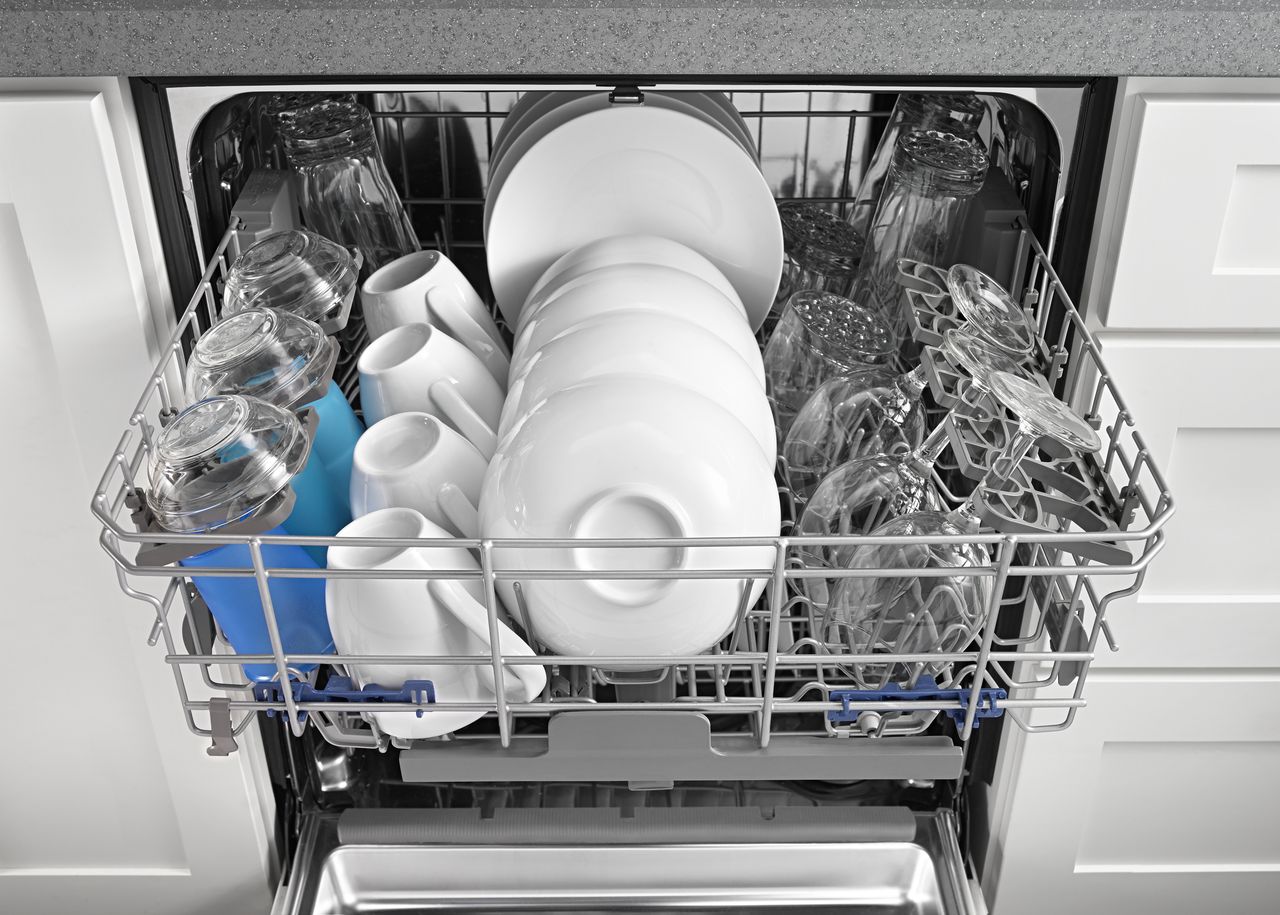

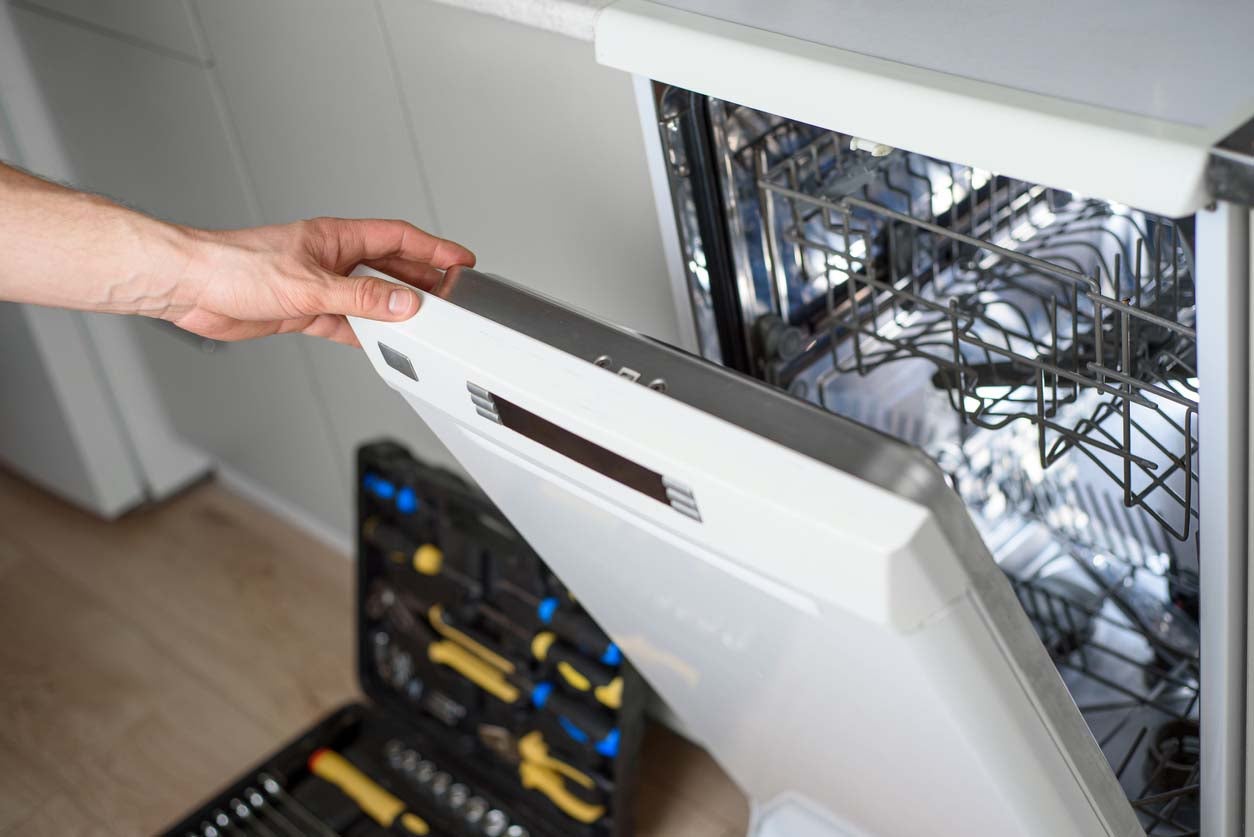
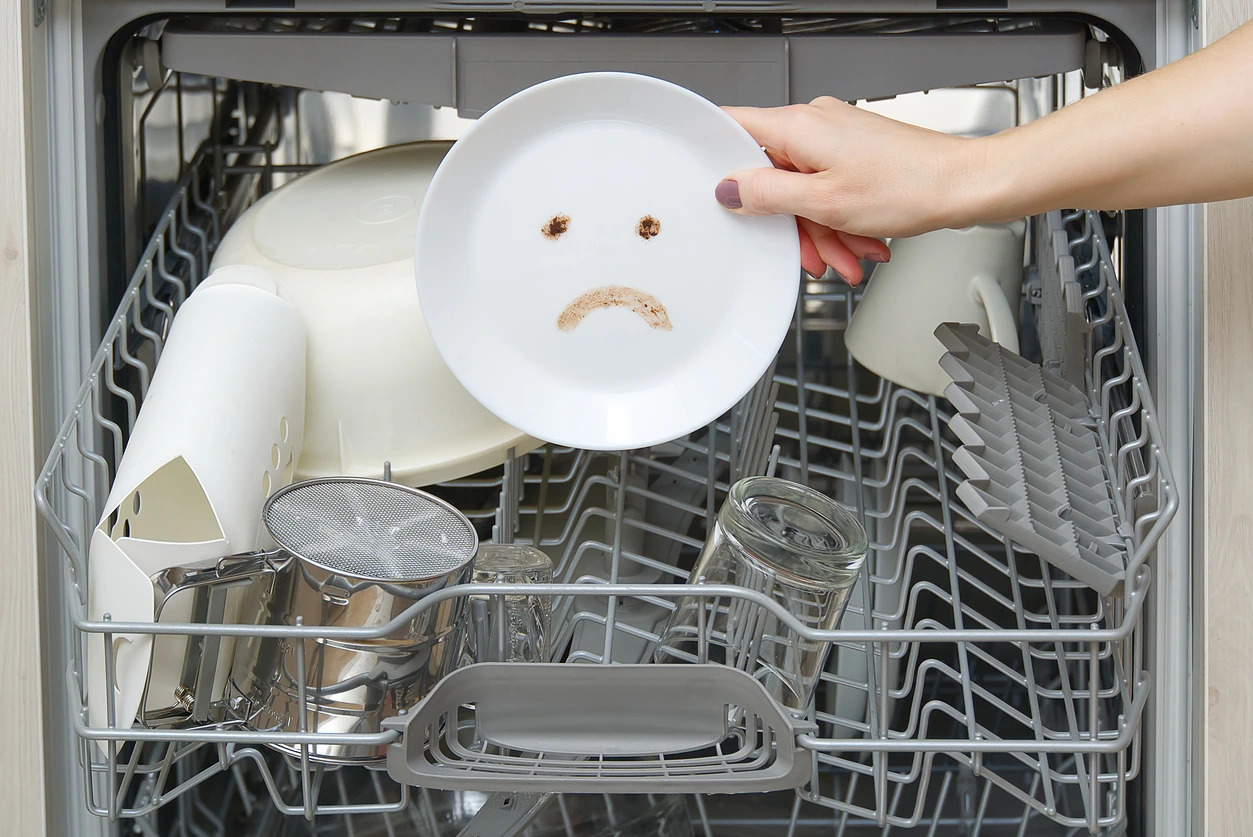
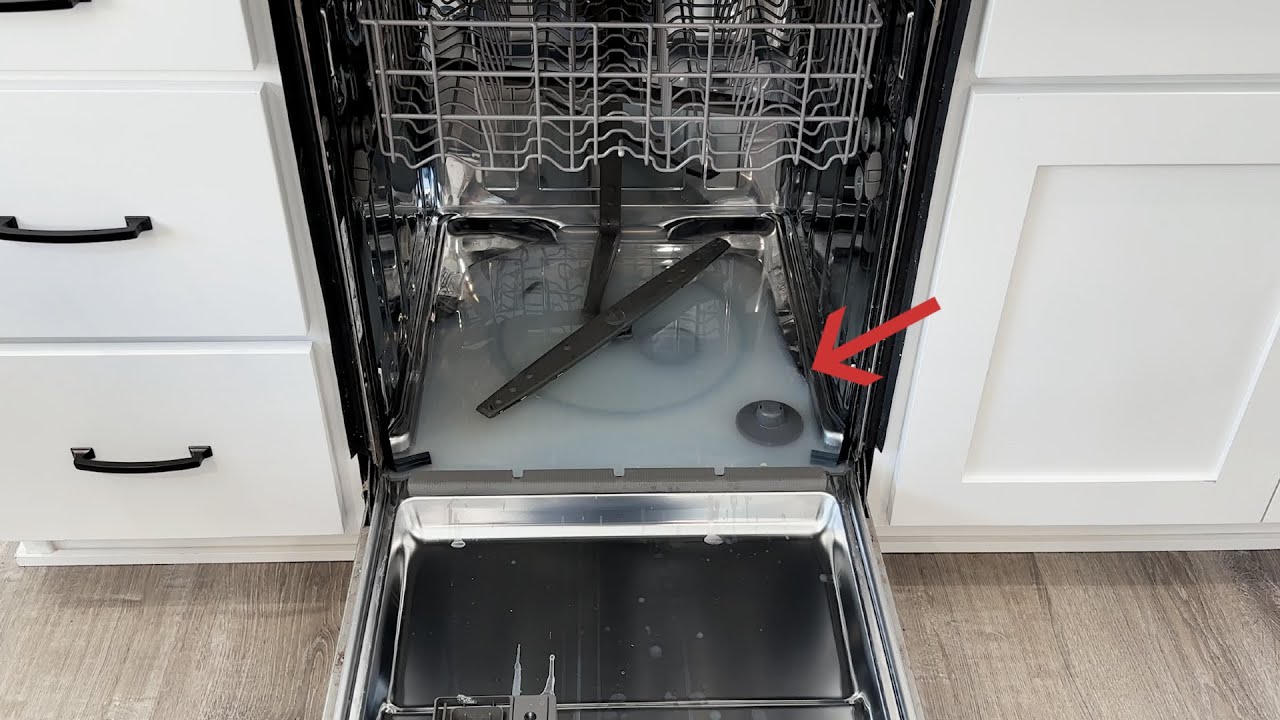
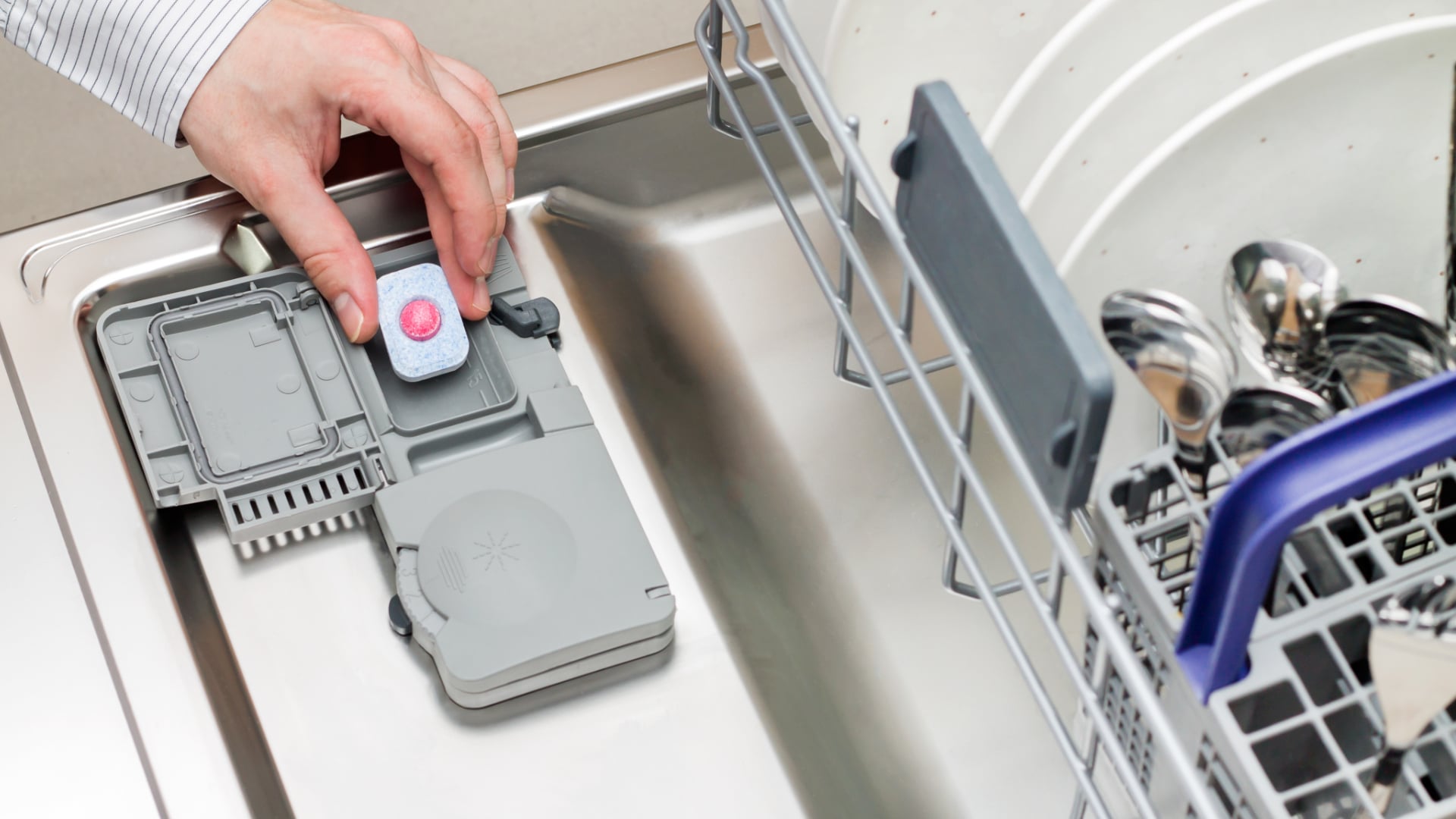

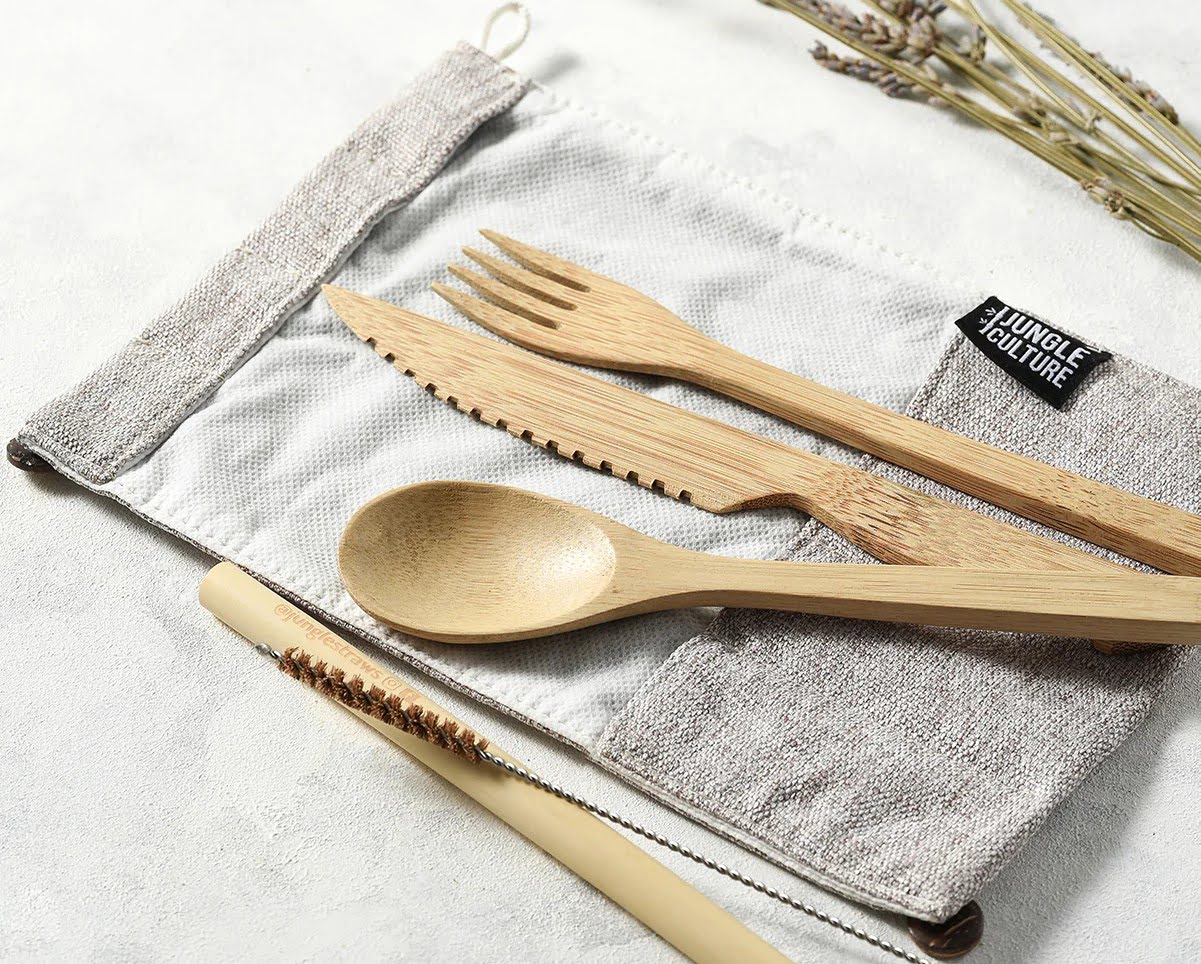
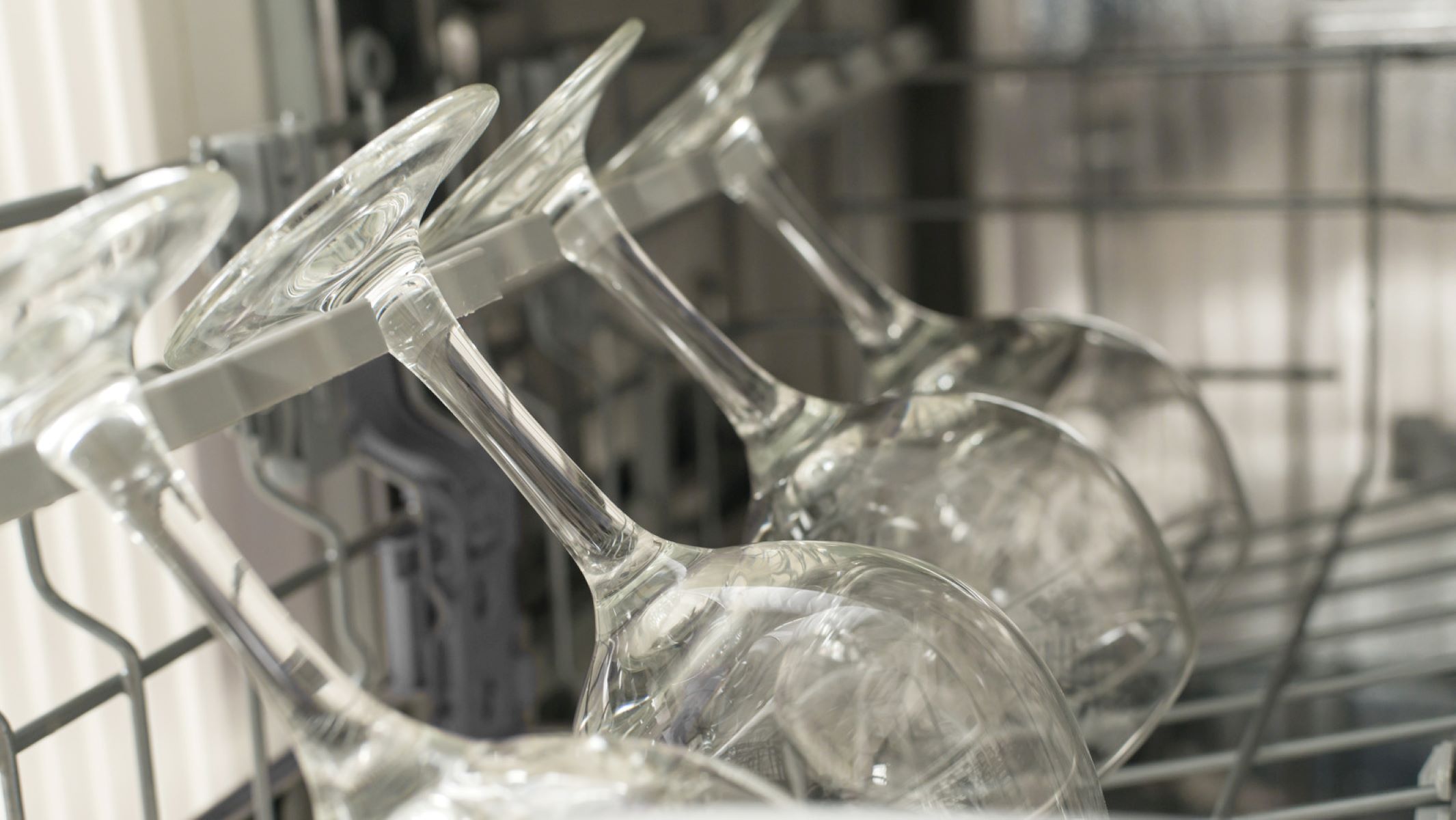
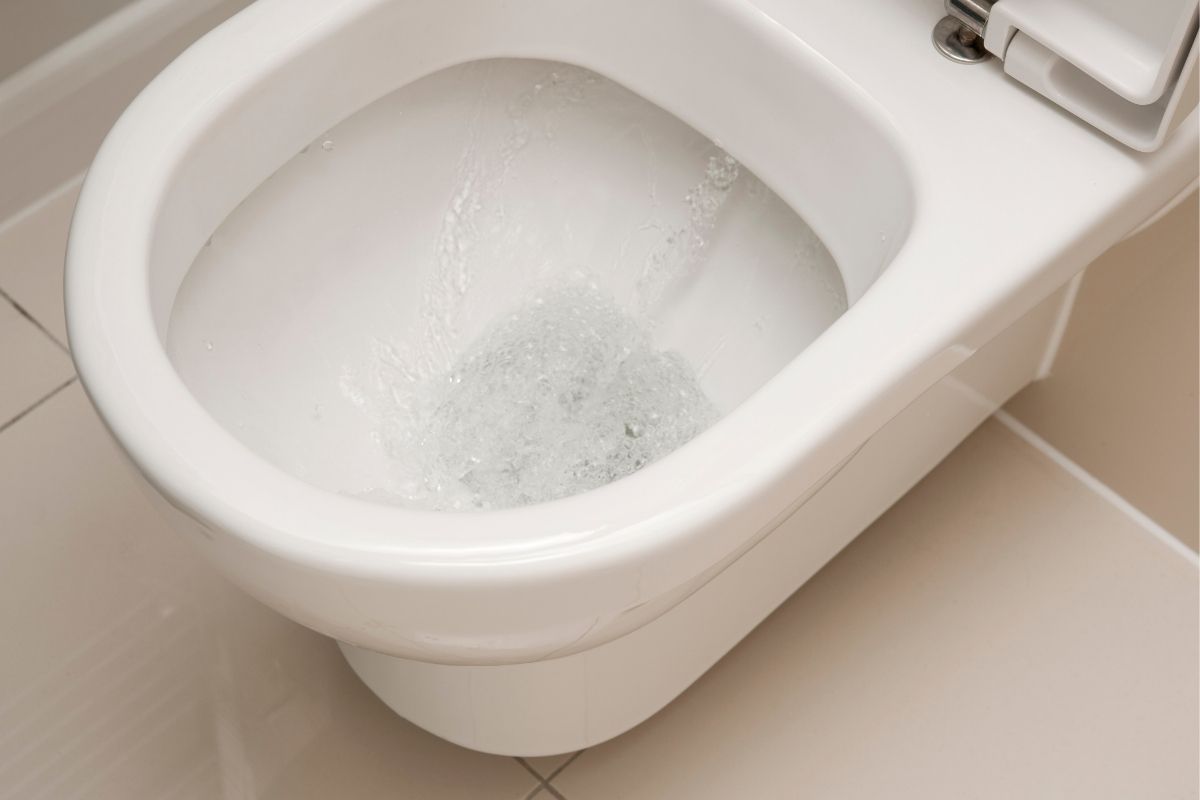

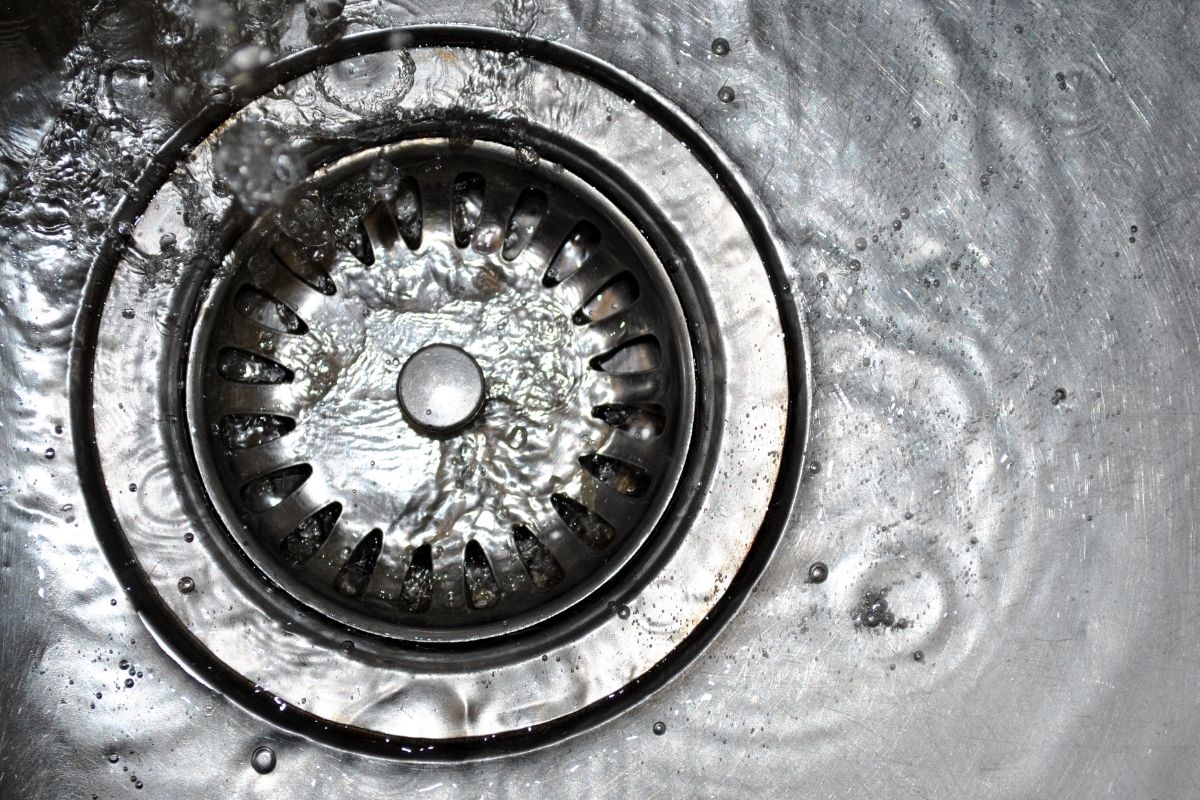

0 thoughts on “Why Does My Cutlery Tarnish In The Dishwasher”